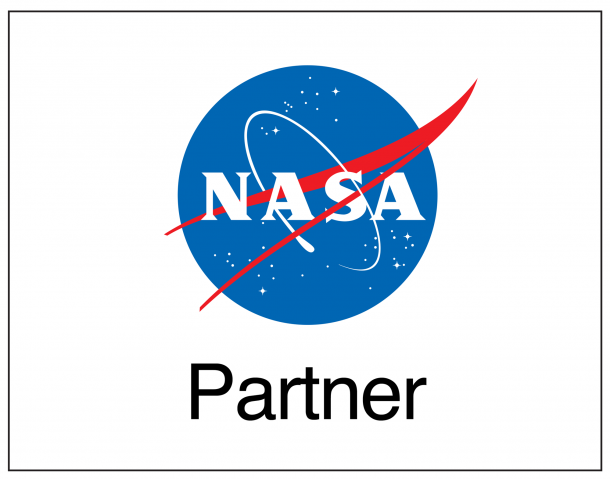A jurisdiction of the NASA Established Program to Stimulate Competitive Research (EPSCoR) program, the Kansas NASA EPSCoR Program (KNEP) is managed through the NASA in Kansas office. The goal of NASA EPSCoR is to provide seed funding that will enable jurisdictions to develop an academic research enterprise directed toward long-term, self-sustaining, nationally-competitive capabilities in aerospace and aerospace-related research. This capability will, in turn, contribute to the jurisdiction’s economic viability and expand the nation’s base for aerospace research and development. Since its inception, NASA EPSCoR has been closely linked to the NASA Space Grant Program.
Based on the availability of funding, NASA will continue to help jurisdictions achieve these goals through the NASA EPSCoR program. Funded jurisdictions will be selected through a merit-based, peer-reviewed competition.
KNEP Grants include four main components: annually solicited Research Infrastructure Development awards in two categories; Partnership Development Grant (PDG) and Seed Research Initiation (SRI), Cooperative Agreement Notices (CAN), International Space Station (ISS) Flight Opportunity Awards, and Rapid Response Research (R3) Awards.


